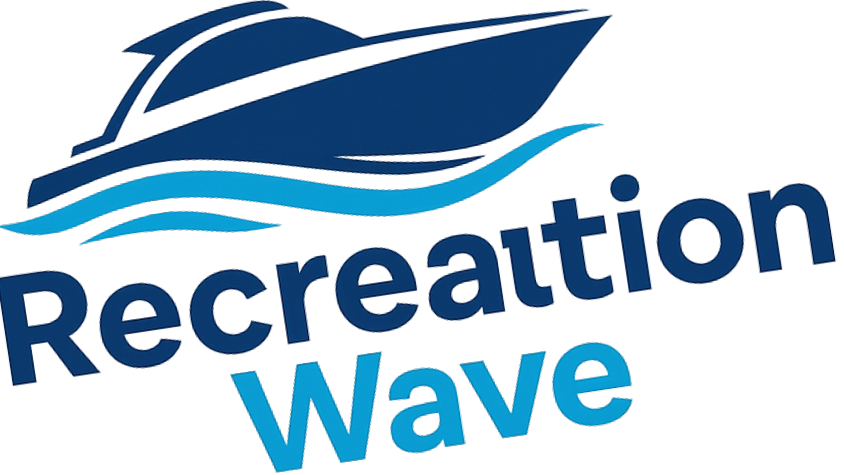
The Evolution of AI in Maritime Applications
Artificial Intelligence has become a game changer in many sectors, and the maritime industry is no exception! While tools like ChatGPT dominate headlines, AI has been enhancing operations on the high seas long before. From autonomous vessels to real-time weather routing, AI is making sailing safer and more efficient. This trend is poised only to grow as technology continues to improve.
AI's Role in Boosting Safety
AI enhances safety at sea by actively reducing human error, which has historically been a leading cause of maritime accidents. With advancements like machine learning and neural networks, AI can process vast amounts of data, make predictions, and automate safety checks. For instance, systems like those developed by Sea.ai have been successfully utilized in races such as the Vendée Globe, providing vital real-time information about obstacles in the water. This remarkable technology combines various sensors and camera feeds to warn sailors of potential dangers.
Route Optimization for Better Decision Making
Weather routing is another significant domain where AI shines. By analyzing diverse data, AI can predict weather patterns and propose optimal paths for vessels. This reduces delays and helps ships navigate safely through hazardous conditions. Such tools don't just mean getting from point A to B; they enhance the decision-making capacity of crews, making them more informed and prepared for the challenges ahead.
AI and Environmental Sustainability
Beyond safety, AI is paving the way for greener sailing practices. It can help optimize fuel consumption and monitor ship emissions, aligning maritime operations with sustainability goals. For instance, AI-powered systems can suggest routes that minimize fuel expenditure and environmental impact. With a growing focus on eco-friendly practices, integrating AI into maritime operations allows companies to maintain competitiveness while fulfilling their environmental responsibilities.
The Future of AI in Maritime
We are on the brink of a revolution in maritime technology. AI is not only set to transform how vessels operate but also train them by simulating emergencies through advanced machine learning scenarios. This proactive approach to training could effectively reduce crew-related incidents.
As AI continues to develop, its ability to handle more aspects of maritime operations—like navigation and real-time system monitoring—will undoubtedly reshape how crews operate at sea. While some still worry about AI fully taking over human jobs, the truth is that the most effective future will likely involve a partnership between human expertise and AI efficiency.
Just think: AI can highlight issues before they escalate, enhancing both safety and operational flow. As we harness technology, it's important to remember that human oversight is vital. The fusion of AI systems with experienced seafarers will help navigate the many challenges ahead, ensuring our maritime pathways remain safe and sustainable.
 Add Row
Add Row  Add
Add 




Write A Comment